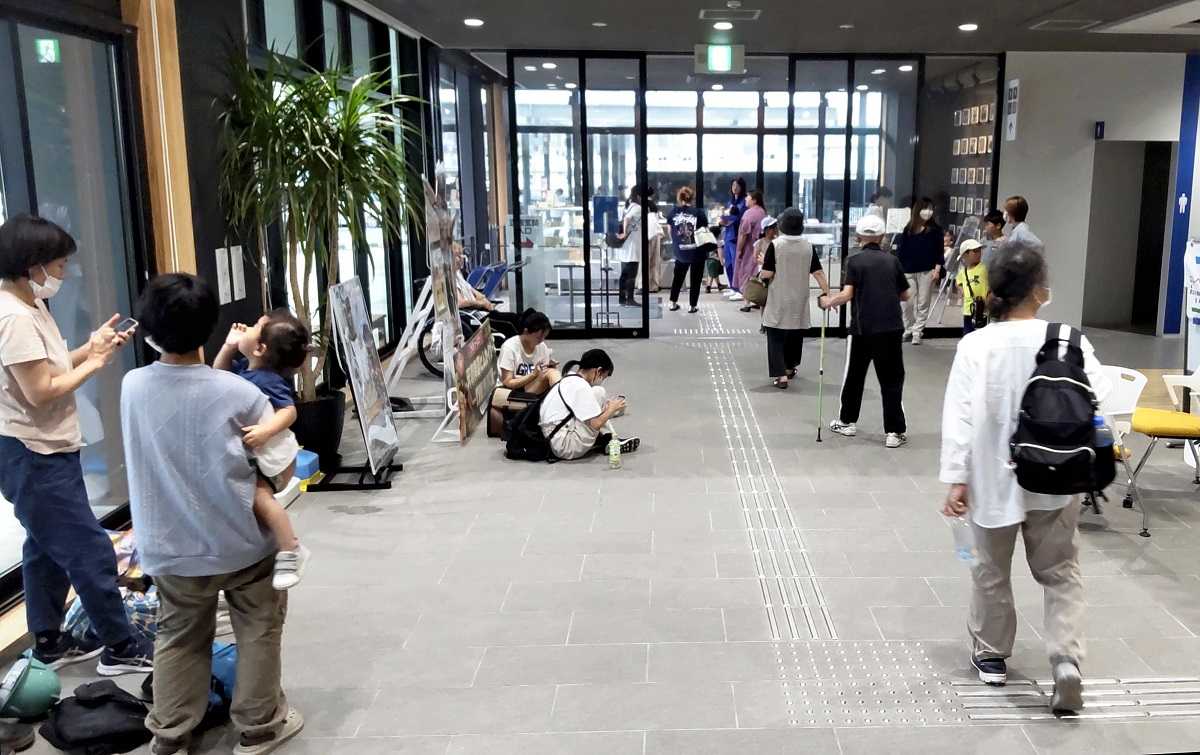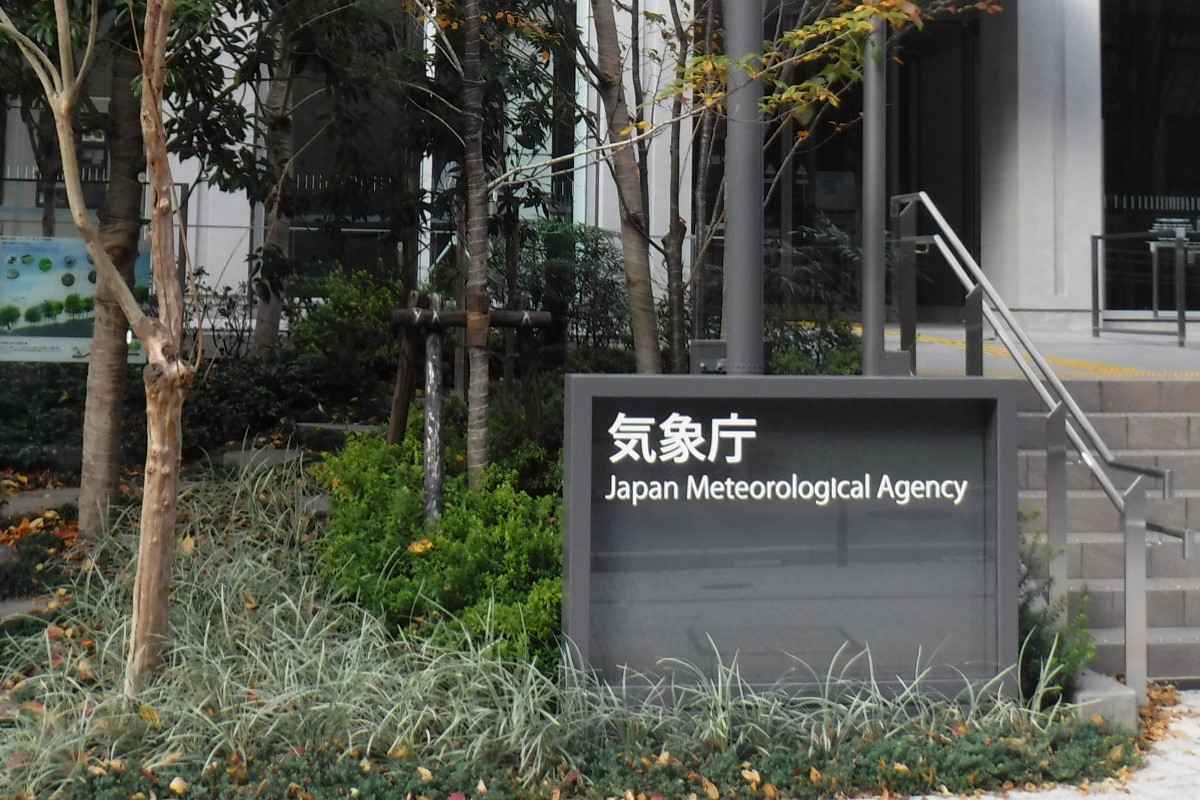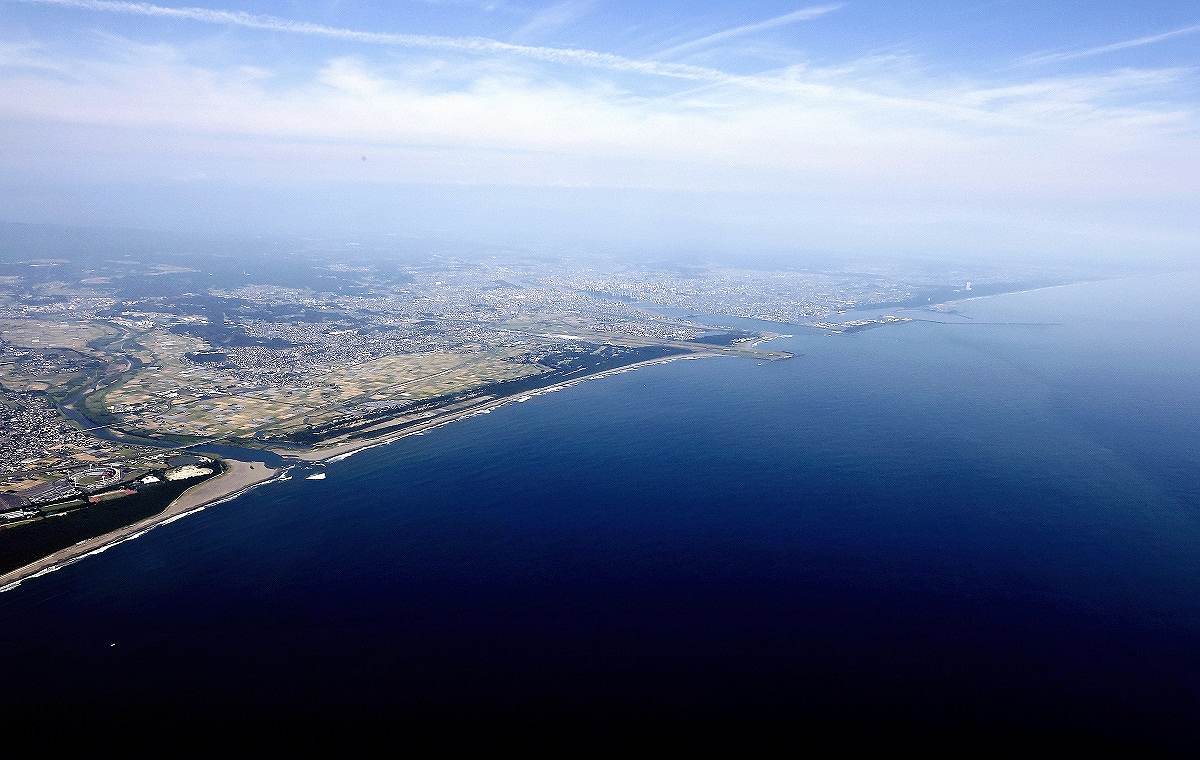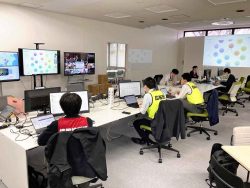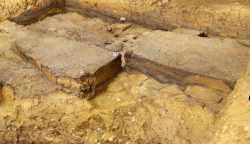Japan Advisory on Megaquake Fuels Spread of Misinformation; Government Urges Caution Amid Baseless Social Media Claims
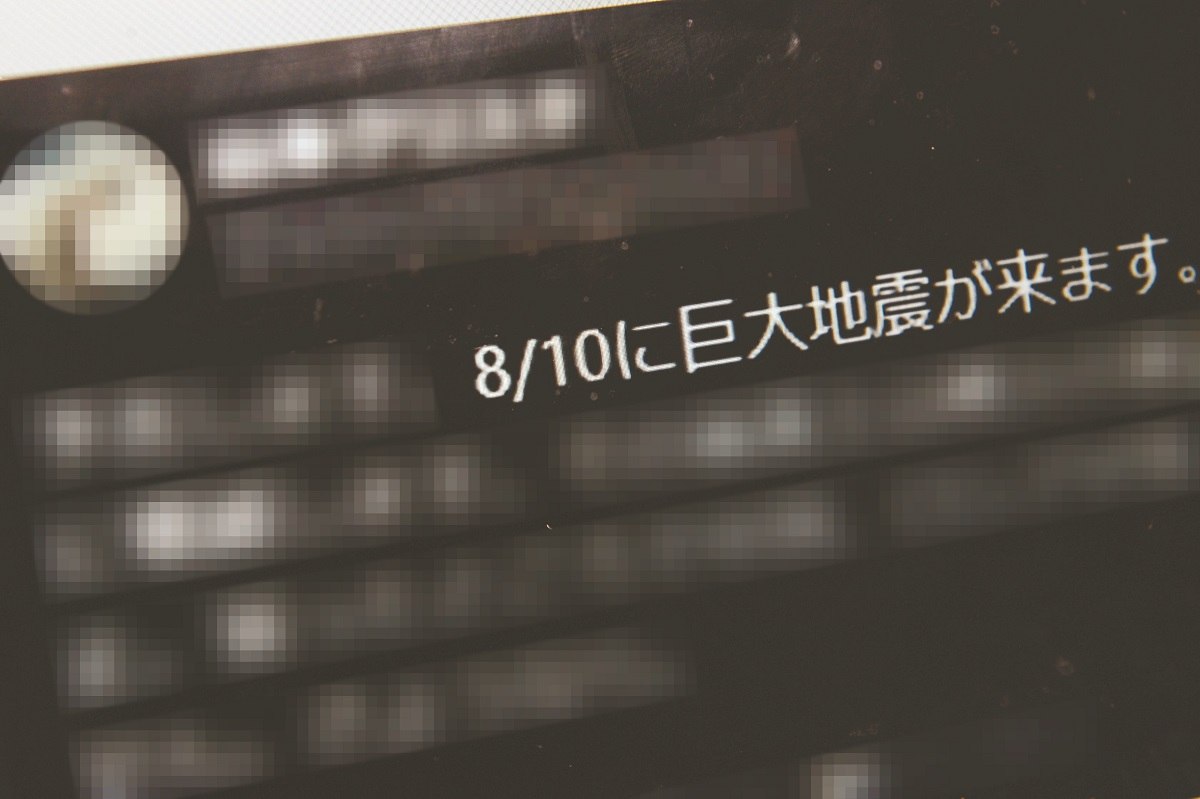
A post on X predicts a huge earthquake in this partially modified image.
20:00 JST, August 12, 2024
False information has been spreading on social media following the recent issuance of an advisory about a possible megaquake.
Some posts have even predicted another earthquake without any scientific basis, prompting the government to call for caution against such misinformation.
The Japan Meteorological Agency on Thursday issued a Nankai Trough Earthquake Extra Information advisory for the first time, saying that the likelihood of a long-anticipated megaquake was higher than usual following Thursday’s strong quake off Miyazaki Prefecture.
Surge in searches
‘Earthquake clouds?’
A post with a photo of a huge cloud spreading horizontally appeared on the X social media platform, formerly Twitter, on Friday.
“I’d never seen a cloud in that shape before, so I got worried, took a picture and posted it,” a 39-year-old female company employee of Aichi Prefecture told The Yomiuri Shimbun. “Honestly, I didn’t think about people who would be scared by my post. I’m so sorry.”
The appearance of so-called earthquake clouds is often said to be a sign of an imminent earthquake, but there is no scientific evidence for this. However, since the JMA issued the advisory on Thursday about a potential megaquake, social media has been flooded with images of clouds with the hashtag using the Japanese phrase for earthquake clouds.
According to Google Trends, searches for the Japanese term for earthquake clouds have increased rapidly since Thursday. Mie Prefecture saw the most from Thursday to Saturday, followed by Oita and Miyazaki prefectures, indicating that people living in the presumed focal region of a Nankai Trough earthquake are strongly interested in the term.
Other posts on X have included statements like “a massive earthquake is coming on Aug. 10,” “Aug. 11 is the expected day for a Nankai Trough earthquake” and “a Nankai Trough earthquake will occur on Aug. 14.” Posts like this with specific dates for the occurrence of earthquakes are going viral on social media, with some of them viewed more than 2 million times by Sunday.
Same old story
Whenever an earthquake occurs, false information predicting another disaster with a specific date, time and location tends to go around, unbacked by any evidence.
According to Reo Kimura, a professor of disaster prevention studies at the University of Hyogo, false information circulated immediately after the 1923 Great Kanto Earthquake, claiming that the Metropolitan Police Department had issued a notice warning against another massive earthquake at 7 p.m.
There were also false claims that a magnitude-6 earthquake would definitely occur in the three hours after the 1978 Izu-Oshima-Kinkai Earthquake, Kimura said.
After the 2016 Kumamoto Earthquake, it was erroneously said that a possible magnitude-7 earthquake had been predicted for Saga.
“The prediction of another quake is a typical example of false information at the time of an earthquake” said Kimura. “Under the current circumstances, in which the JMA has issued an advisory, many people may believe the misinformation. If you come across such assertions, you need to stay calm and not participate in spreading them.”
Accurate information
The government has become increasingly vigilant toward the spread of false information.
The Internal Affairs and Communications Ministry on Friday asked four platform operators — LY Corp., X Corp., Meta Platforms, Inc. and Google LLC — to take appropriate measures against erroneous information in accordance with their terms of service.
Since Friday, the JMA has updated daily the Nankai Trough Earthquake-Related Commentary on its website, with information including the status of seismic activity in the assumed focal region.
The information details the number of jolts with an intensity of 1 or higher on the Japanese seismic scale of 7 in the assumed focal region, as well as the status of three strainmeters in Kochi and Ehime prefectures.
“The government will continue to release accurate information,” Chief Cabinet Secretary Yoshimasa Hayashi said at a press conference on Friday. “I hope people won’t be misled by uncertain information and that they will help one other to take action.”
"Society" POPULAR ARTICLE
-

M4.9 Earthquake Hits Tokyo, Neighboring Prefectures
-

M7.5 Earthquake Hits Northern Japan; Tsunami Waves Observed in Hokkaido, Aomori and Iwate Prefectures
-

Tsukiji Market Urges Tourists to Avoid Visiting in Year-End
-

Israeli Tourists Refused Accommodation at Hotel in Japan’s Nagano Pref., Prompting Protest by Israeli Embassy and Probe by Prefecture
-
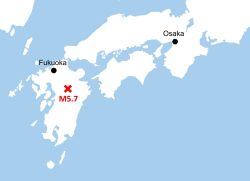
M5.7 Earthquake Hits Japan’s Kumamoto Pref., Measuring Upper 5 Intensity, No Tsunami Expected
JN ACCESS RANKING
-

Keidanren Chairman Yoshinobu Tsutsui Visits Kashiwazaki-Kariwa Nuclear Power Plant; Inspects New Emergency Safety System
-

Imports of Rare Earths from China Facing Delays, May Be Caused by Deterioration of Japan-China Relations
-

University of Tokyo Professor Discusses Japanese Economic Security in Interview Ahead of Forum
-

Japan Pulls out of Vietnam Nuclear Project, Complicating Hanoi’s Power Plans
-

Govt Aims to Expand NISA Program Lineup, Abolish Age Restriction
